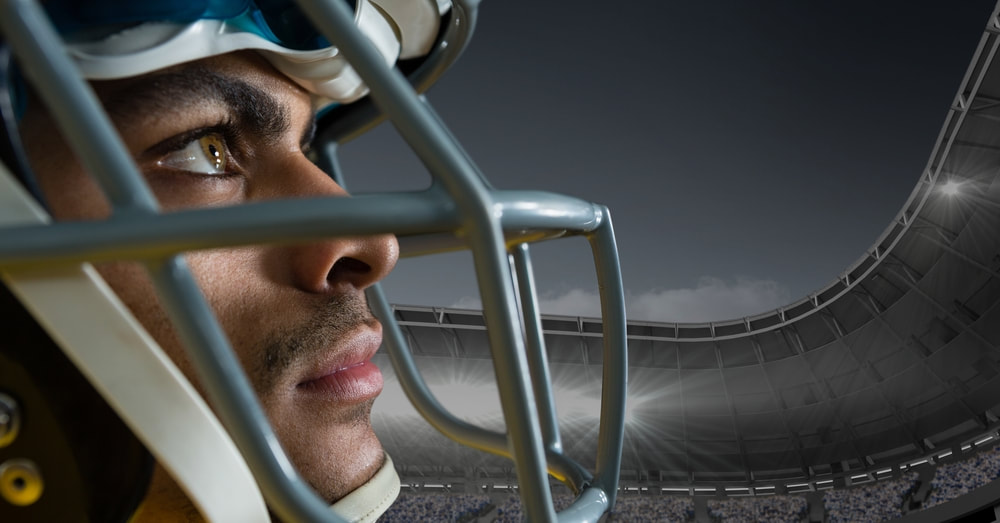September is Sports Eye Safety Awareness Month. Keep reading the article below to learn what types of sports may put your eyes at risk and how protective eyewear can help. FootballFootball is one of the most common and popular fall sports. It is also one of the sports with the highest risk of injuries. Although eye injuries are not as common as other types of injuries, they can still occur. Injuries to the eye can occur due to a collision with a player, a fall, or the football. Research in Ocular Surgery News found that the most common types of injuries included eyelid or orbital contusions and retinal hemorrhages. The most common mechanism of injury was from the football. Damage to the eyes can also occur after a head injury from a collision with another player. The best way to reduce the risk of an eye injury is by wearing protective equipment. In addition to a helmet, a face visor also reduces the risk of eye injuries. A study published in Ophthalmology Advisor found that players that wore face visors, in addition to their helmet, had fewer eye injuries than those that do not wear the visor. Field hockeyEye injuries from field hockey can include orbital fractures, lacerations, and trauma to the globe of the eye. The injuries usually occur due to contact with the ball or the hockey stick. Research in the Journal Pediatrics found that the incidence of eye injuries was reduced in states that began mandating protective eyewear for field hockey players in high school and college. Look for field hockey protective eyewear that is labeled with the ASTM 2713 stamp. This means it meets industry standards for protection. LacrosseLacrosse injuries are similar to the types of eye injuries that occur in field hockey. Injuries can range from minor, such as a black eye, to more serious, including bleeding in the front of the eye. More significant injuries may occur, such as blunt trauma to the eyeball itself. Severe damage to the structure of the eye from blunt trauma can potentially cause vision loss. According to Prevent Blindness, since the 2004-2005 season, protective eyewear has been mandatory in women’s lacrosse for college and high school players. Sports eyewear for lacrosse should be labeled ASTM F3077-17. Water poloIt may not seem like water polo would have the potential to cause eye injuries, but injuries can occur from being poked in the eye by another player. Water polo players are also susceptible to eye irritation and allergic conjunctivitis from chronic exposure to the chlorine in the pools. Wearing swim goggles can reduce the risk of irritation and injuries. TipsThere are a few things to keep in mind when selecting sports protective eyewear, such as the following:
If you have any questions about preventing sports eye injuries, we are happy to help. If you would like to ask whether an appointment with one of our eye doctors would be appropriate at this time, call our office at 508-746-8600. Comments are closed.
|
EYE HEALTH BLOGCategories
All
Archives
July 2024
|
|
Kadrmas Eye Care New England
55 Commerce Way, Plymouth, MA 02360
14 Tobey Road, Wareham, MA 02571 133 Falmouth Road (Rt 28), Mashpee, MA 02649 |
Phone Number:
1-508-746-8600 Hours: Monday through Friday — 8 AM – 4:30 PM |


 RSS Feed
RSS Feed
